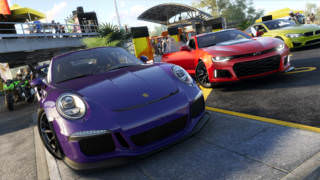LawBreakers, the gravity-defying shooter from Cliff Bleszinski’s Boss Key Productions and Nexon, has officially launched for PC and PlayStation 4. Since the game is different from anything else on the market today, promoting LawBreakers focused primarily on getting it in the hands of gamers—while giveaways, competitions and a bit of influencer marketing helped fuel the hype.
For a game as different as LawBreakers, its developers knew that players had to try it to believe it. That’s why Boss Key brought a nearly complete game (as opposed to a mere demo) to E3 2017. For Boss Key Productions, getting players to pre-order the game (especially because it’s no longer free-to-play) would rely on building a strong and loyal community around it.
“I think it’s just getting them to believe in the game, and that’s the reason we’ve been doing all these betas for so long,” Dan Nanni, lead designer at Boss Key Productions, told AListDaily at E3. “We’re gamers ourselves, and we feel that we’re making a game for both ourselves and the community. Our players have given us feedback and we’ve changed the game accordingly. We’re going to keep on iterating and making the game that they want because even though we think it has a solid foundation, we need our players to make it better. We think those players are going to be here for the long term.”
In LawBreakers, teams of five players must work together to complete objectives, with one side playing as “Law” and the other playing as the “Breakers.” The game features zero gravity areas, which means players can attack—and be attacked—from any angle on the map.
The game is purposely made to be difficult at a time when developers are making games more accessible to new players. Given the marriage of chaos and skill required to play LawBreakers, Boss Key and publisher Nexon are embracing those who would be just as happy to watch as to play, so they turned to the obvious partner—Twitch.
“Twitch is a powerhouse, so when we identified that we wanted to find some influential gamers to showcase LawBreakers the way it’s meant to be played, Twitch was the obvious choice,” Nexon America’s VP of marketing and communications Vlad Coho told AListDaily. “To put it another way, LawBreakers’ gameplay dictated the message, ‘this game takes skill.’ So, then we identified the people who could really demonstrate that message (high-skill streamers), then we went to the place where they all do their thing—Twitch.”
The team also invited streamers to a special pre-launch event called #skilledAF, allowing them to get exclusive hands-on access with the game, meet the developers and of course, share lots of posts on social media.
Twitch Prime members can unlock special in-game items with the “Bleeding Purple” pack which includes a character skin, three weapon skins, four weapon stickers, and the infamous Kappa icon as an account portrait.
Boss Key Productions has hosted a number of livestreams leading up to and celebrating the launch of LawBreakers, so everyone could see the game in action. The team also rolled out a number of competitions that challenged its fans to “break” the beta, upload the best video montage and more for prizes. The game even has its own custom PS4 Pro console, which fans can enter to win by joining the official PSN community.
While promoting the game, Nexon says the most important brand message to share was just how unique the game is—and that it’s not for the faint of heart.
“We wanted to help everyone understand that LawBreakers asks a lot of players in terms of reflexes, precision, visual awareness, teamwork and movement coordination,” Coho said. “Also, we wanted to convey that this is a multiplayer FPS that is both unlike anything currently on the market, but also deeply rooted in the genre’s truest truths.”

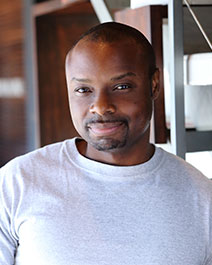

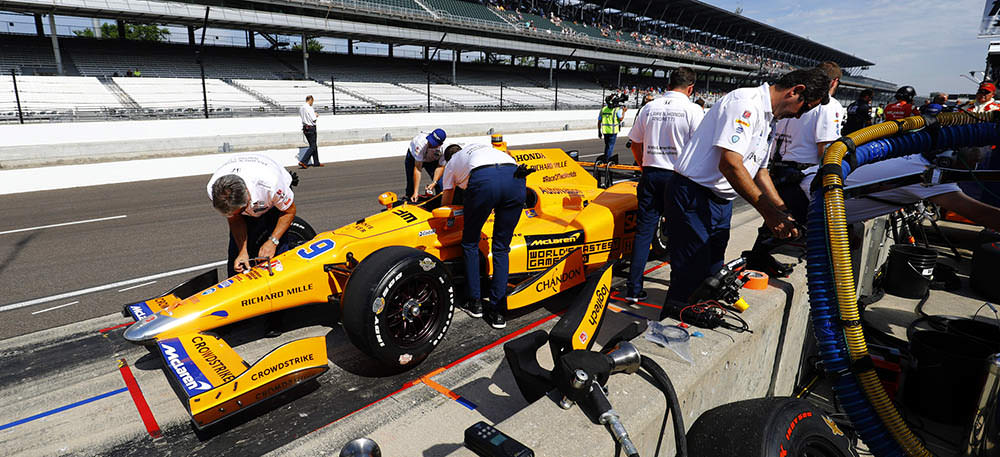
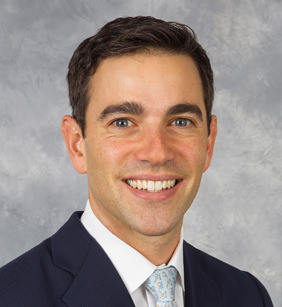

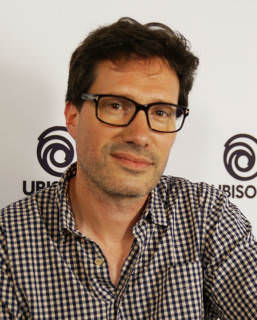
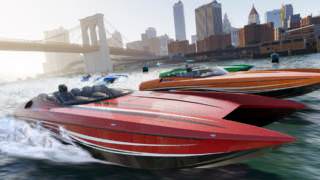 Attendees were given an early look at The Crew 2 at E3, and Boukhelifa went into detail about how they presented the enormity of the world and the variety of vehicles at the event. He said that they started by showing a map of the US and zooming into New York City and out again. Then they did the same with Miami and other cities. That’s when audiences realized that the scope included Los Angeles, San Francisco, Las Vegas, St. Louis and everything in between.
Attendees were given an early look at The Crew 2 at E3, and Boukhelifa went into detail about how they presented the enormity of the world and the variety of vehicles at the event. He said that they started by showing a map of the US and zooming into New York City and out again. Then they did the same with Miami and other cities. That’s when audiences realized that the scope included Los Angeles, San Francisco, Las Vegas, St. Louis and everything in between.